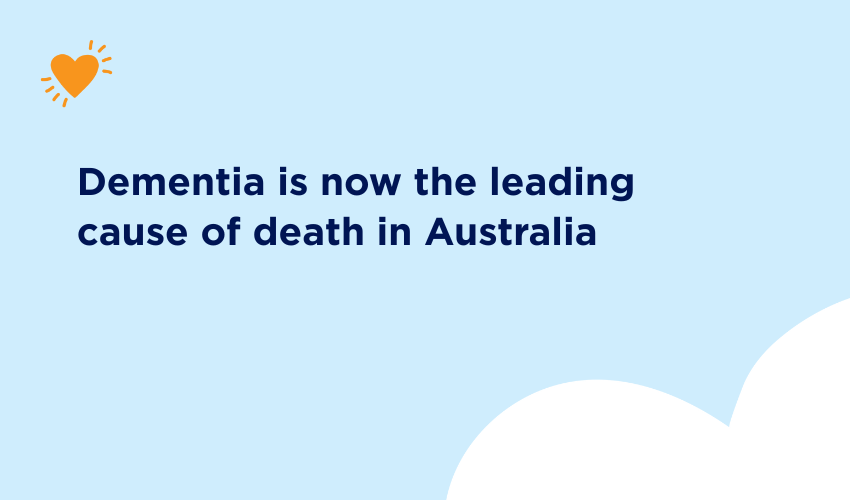Dementia is now the leading cause of death in Australia
Over one million Australians will be living with dementia in 40 years — more than double the current number, according to a new report by the Australian Institute of Health and Welfare (AIHW).
Dementia is becoming an increasingly significant health and social challenge in Australia. As of 2024, the AIHW estimates there are about 425,000 Australians living with dementia, roughly 16 per 1,000 people nationally.
Because the risk of dementia rises with age, the number of people affected is expected to grow substantially over time. The AIHW projects that by 2065, more than 1,052,000 Australians will be living with dementia (about 661,900 women and 390,300 men) a 2.5-fold increase from today’s levels.
Impacts, Care & Costs according to AIHW report:
- Mortality and disease burden: In 2023, dementia was the leading cause of death in Australia, accounting for nearly 17,400 deaths (about 9.5% of all deaths).
- Caregiving and support: There are at least 102,000 informal primary carers (often family or friends) providing care for people with dementia. Around 76% of these carers are women, and 57% care for their partner.
- Service use: In the 2023–24 period, there were approximately 27,800 hospitalisations where dementia was the main diagnosis (which is equivalent to 1 out of every 455 hospitalisations). The average hospital stay for these cases was 15.1 days.
- Economic impact: In 2020–21, the direct health and aged care costs attributable to dementia in Australia amounted to almost AUD 3.7 billion. Residential aged care constituted the largest share with approximately 49% of that amount.
What This Means & What Can Be Done
This steady and steep rise in dementia highlights several needs:
- Better prevention: Around 40% of dementia risk is potentially modifiable through lifestyle and health habits (e.g. exercise, social engagement, blood pressure control). (Source: Modifiable risk factors)
- Planning for care needs: With an ageing population and more people expected to live with dementia, proactively investing in health, aged care, and support infrastructure is increasingly critical.
- Supporting carers: Many carers face physical, emotional, and financial pressures. Ensuring carers are firstly recognised and then are offered support including expanded respite services and resources is essential.
- Improving data and research: The AIHW acknowledges that current estimates are imperfect due to data gaps, particularly in primary care and undiagnosed cases.
Find the latest online Dementia in Australia report from AIHW, updated 12 Sep 2025 HERE. The report provides a comprehensive picture of dementia in Australia, including the latest statistics on dementia prevalence, burden of disease, deaths, expenditure, as well as the use of health and aged care services among people with dementia and information on carers of people with dementia.


